Department of Earth and Environmental Sciences
Microbial Priming
CSM BOND Program
Microbial Priming
CSM BOND Program
A team of student researchers, namely David Warstler, Kim Bamber, and Skye Nguyen, with the help of Alexis Valadez and Eema Quadri aimed to firmly establish the knowledge of how soil should be treated with biochar and to determine how soil priming impacts the effectiveness of biochar.
The Process
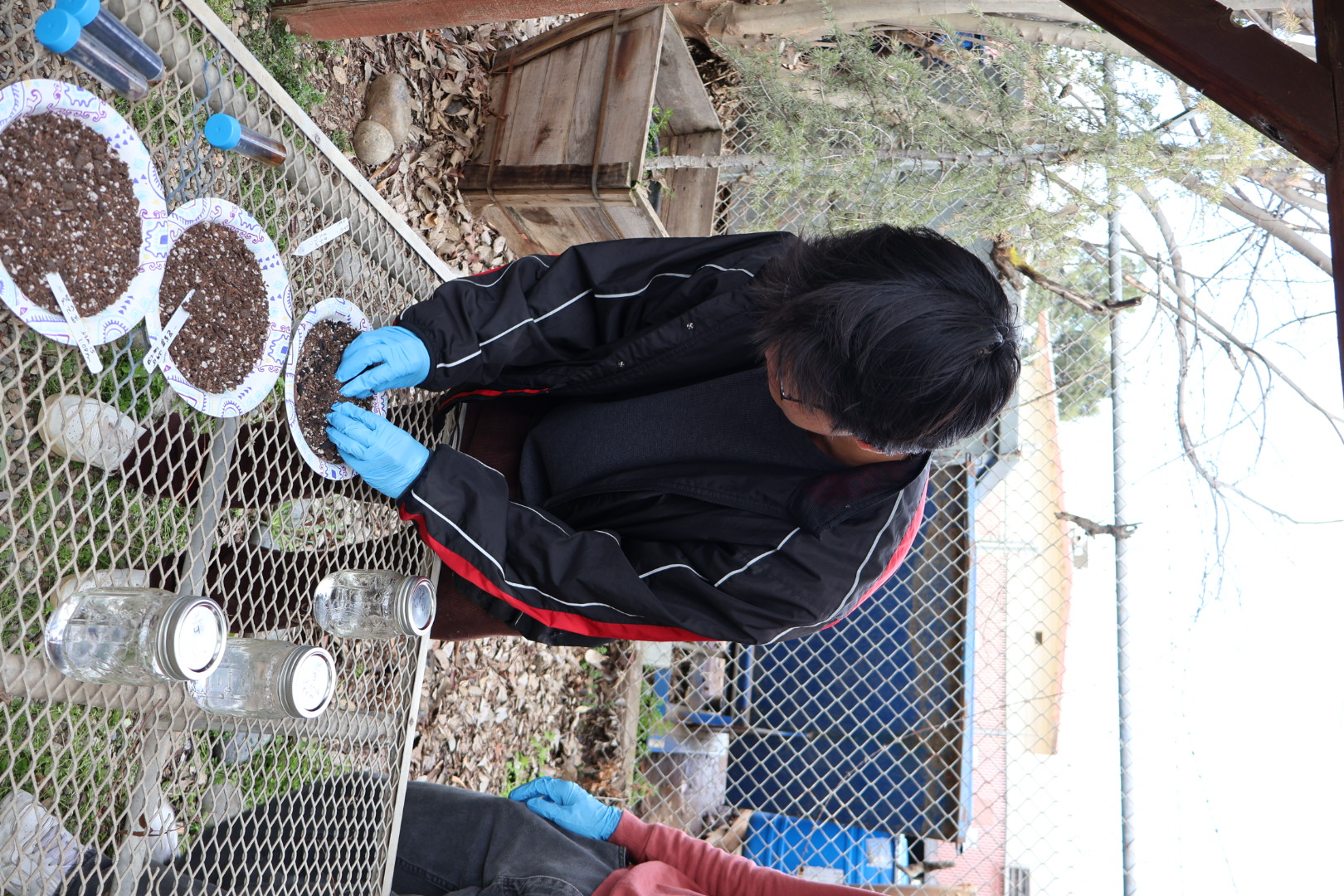
Student researcher, Skye, mixes the soil and biochar by hand to ensure there is complete incorporation.
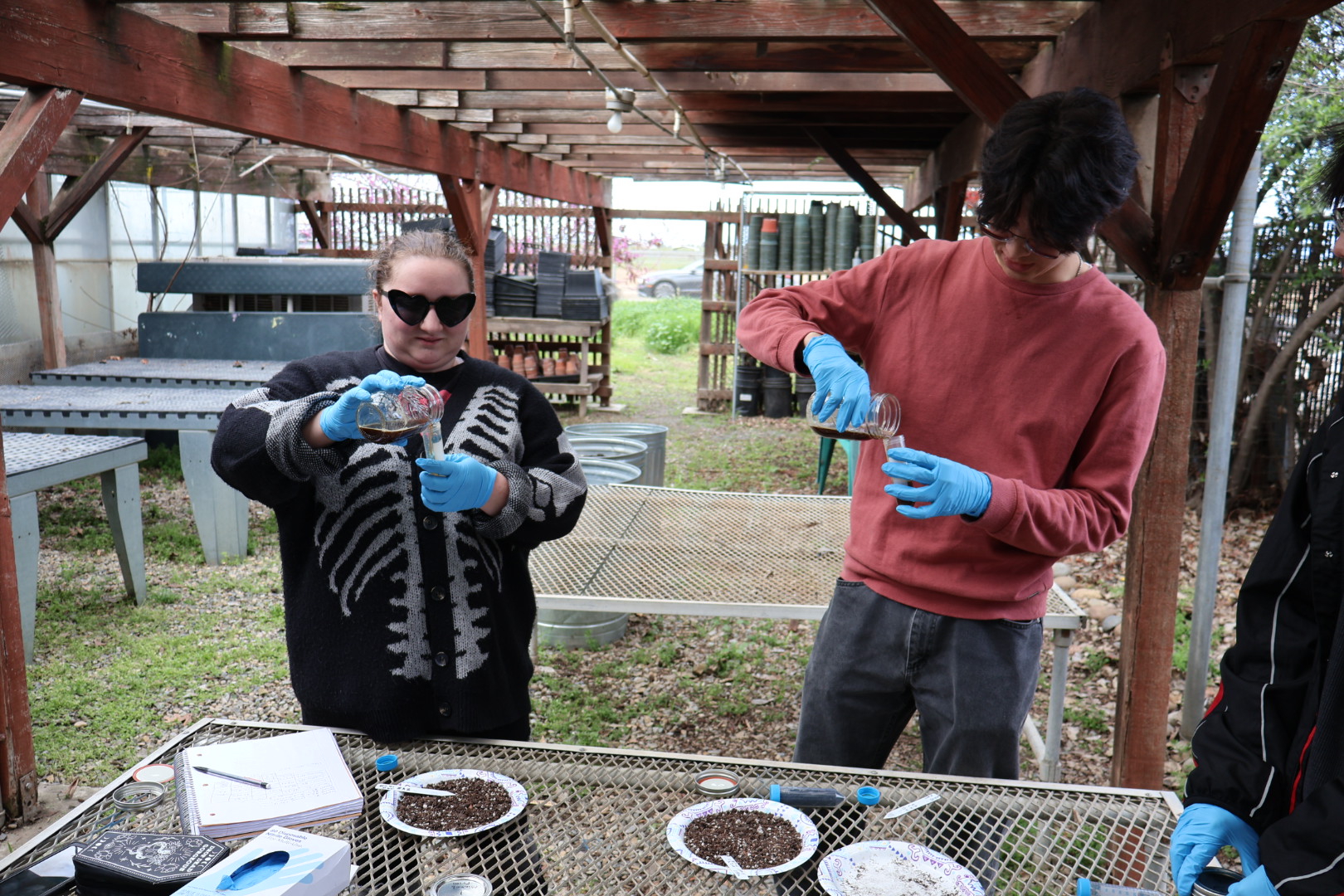
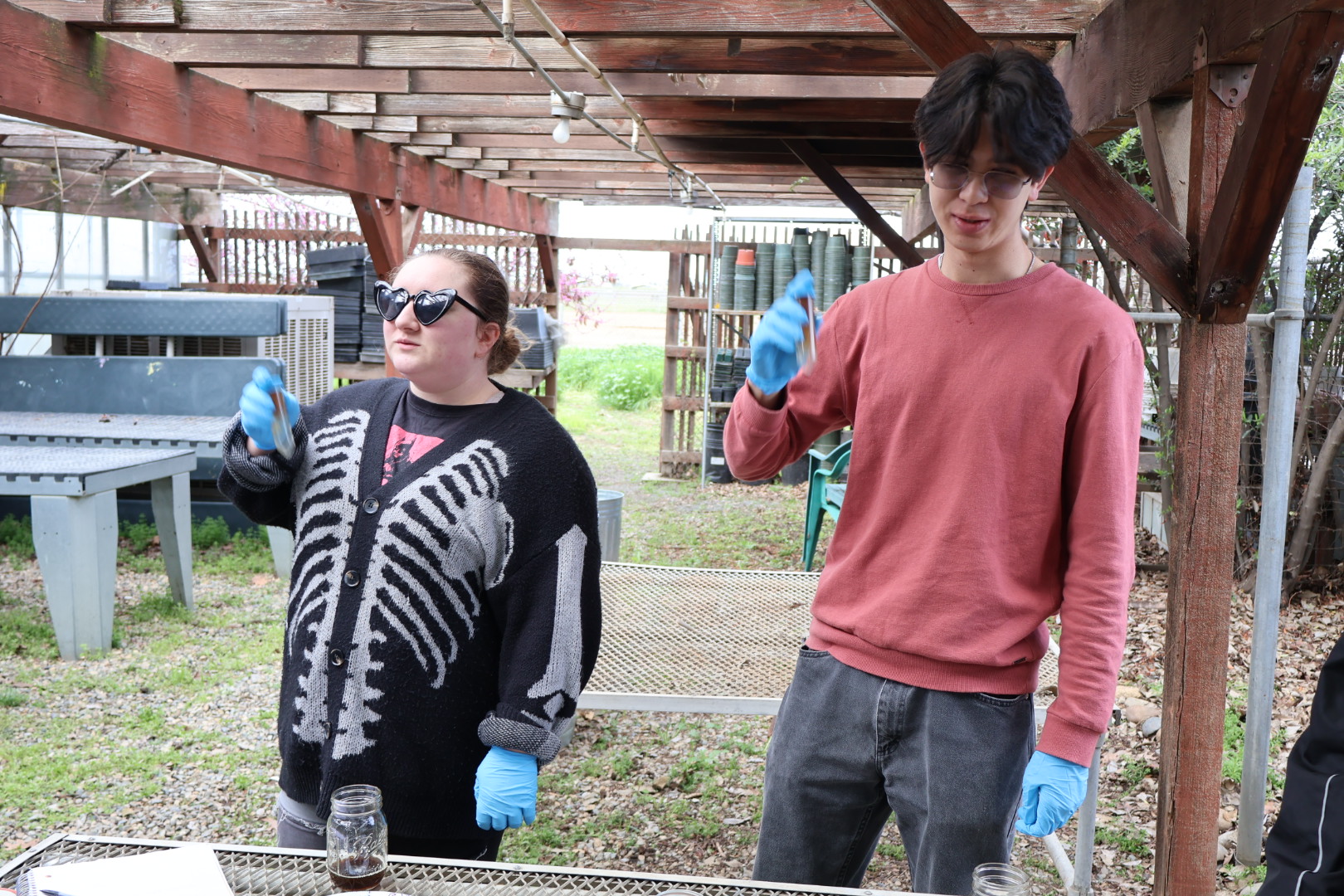
Other student researchers, Kim and David, mixed water and molasses by shaking and are pouring this mixture into test tubes to guarantee all the molasses has combined.

This group's four samples of mixtures of soil, biochar, and molasses in different varieties are left out to dry.
Essential Information
The carbon cycle is common knowledge and represents the movement of carbon throughout the Earth’s systems. In the midst of a growing climate crisis, efforts focus on keeping carbon out of the atmosphere and retaining it in carbon sinks. One effective approach is through methods of Soil Organic Carbon (SOC), which involves moving carbon into the soil. A promising method to achieve this is through the production and application of biochar, a carbon-rich substance.
California produces a large percentage of the world’s fruits, vegetables, and nuts, making it a critical region for agricultural innovation. Using biochar correctly in California can have a substantial local impact by increasing agricultural yield and product quality and making food more plentiful and lower-cost for everyone. Additionally, biochar increases soil organic carbon (SOC), keeping carbon out of the atmospheres and it helps combat climate change, contributing to global environmental benefits.
Biochar is produced by heating organic material in low-oxygen conditions, which is defined as pyrolysis. It is used to improve soil health, boost plant growth, and sequester carbon. Its carbon retention ability helps reduce greenhouse gases, offering a simple way to combat global warming. Scientists widely support biochar potential in agriculture, highlighting its promise. However, with the use of biochar, questions arise. These include what is the optimal application method and why are many users not seeing the expected results?
Biochar sounds very promising, and many others who have learned about biochar have thought the same. However, people who use it have not always achieved the promised results people believe biochar has. It is not common knowledge how soil should be treated with biochar, which is where this group's research comes in handy. Their goal is to firmly establish this knowledge and to turn these hopes into realities.
Final Findings
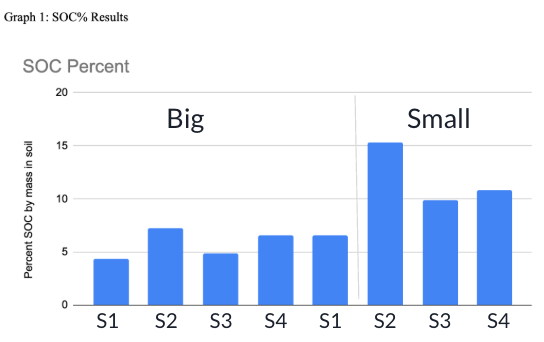
Figure 1. This graph shows the percentage of soil organic carbon by mass in different crucible samples.
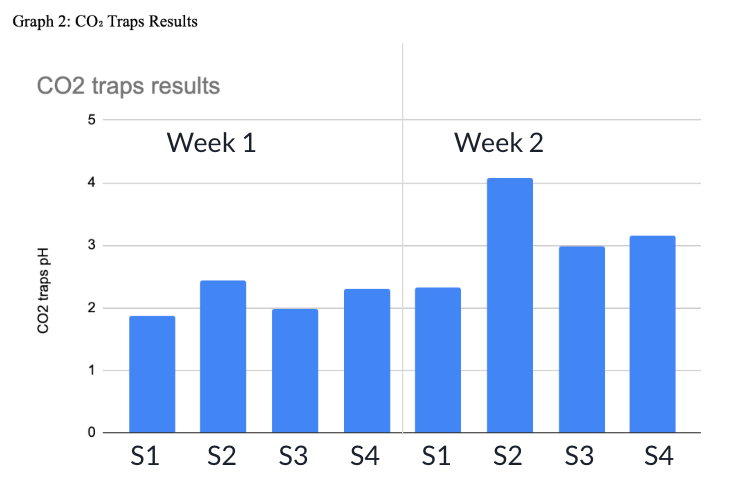
Figure 2. This graph displays the CO₂ evolution, interpreted through the acidity (lower
pH) of the traps
after microbial respiration. More CO₂ means more microbial activity, which should
correspond to lower
pH values in the trap solution (since CO₂ forms carbonic acid).
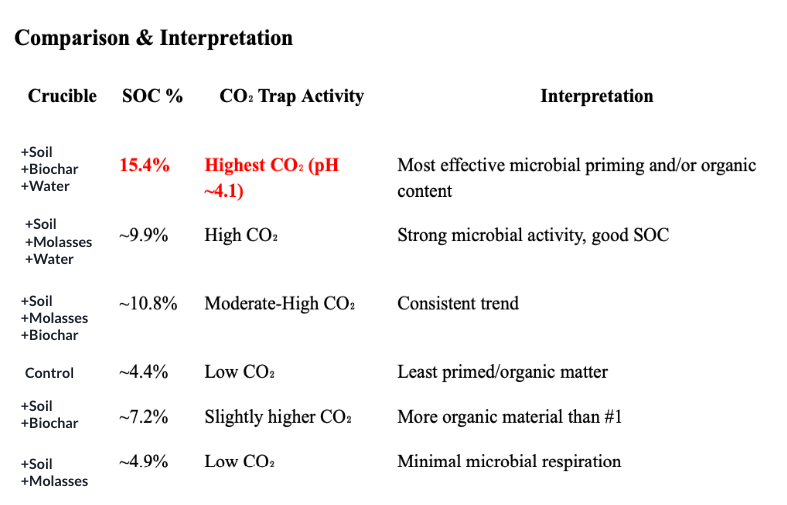
Figure 3. This image depicts the comparison and interpretation of their results of SOC% and CO₂ Trap Activity.
The students' diligent work yielded the following key findings:
A clear positive correlation between SOC% and CO₂ evolution in this dataset, confirming
that:
Soils with higher organic matter (as measured by SOC) have more active microbial populations.
Microbial priming and/or biochar treatments likely improved both SOC and microbial
respiration in the small crucibles.
Figures and information are taken from the work done by this research group.
The design and development of this website page is credited to Kiara Moun.